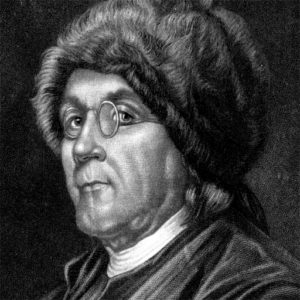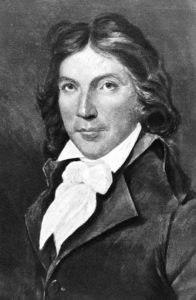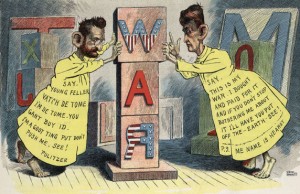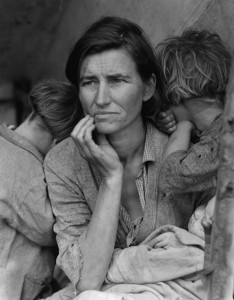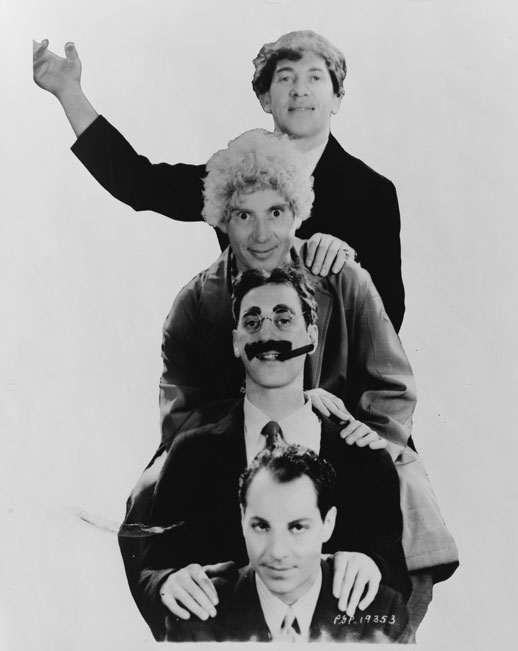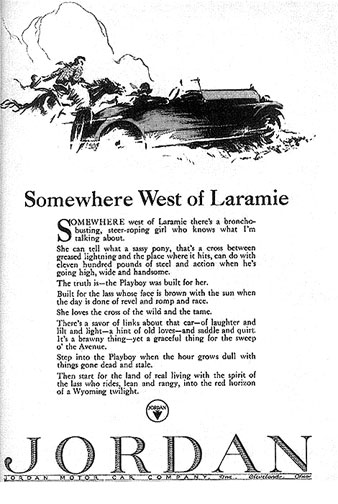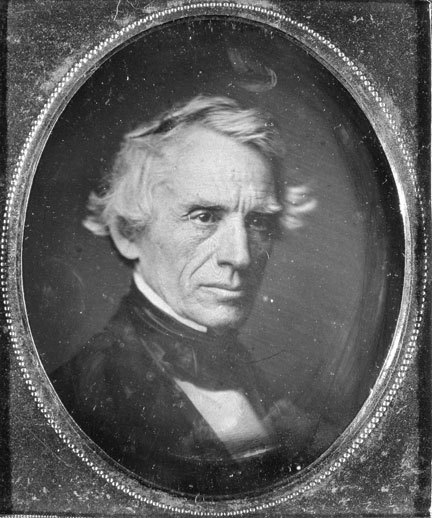Introductions
- Introduction to Revolutions in Communication
- Understanding history
- Media technology in perspective
Section I – The Printing Revolution
- Before the printing revolution:
- Oral culture
- The development of writing
Chapter 1 – The Printing Revolution: 1455 to 1814
- Foundations of the printing revolution
- Technological context of printing
- Gutenberg’s insight: the original “matrix”
- Printing and the Protestant Reformation
- Martin Luther and printing
- The slow emergence or religious tolerance
- Scientific and technical impacts of the printing revolution
- Political impacts of the printing revolution
- News in print
- First newspapers
-
Censorship and freedom of the press
- Press freedom and the Enlightenment
- Political revolutions
- A tumult of journalists
- The English Civil War and the marketplace of ideas
- Revolutionary Press fights for American freedom
- SIDEBAR: The trial of John Peter Zenger
- France: The call for freedom and the descent into terror
- The partisan press before the industrial revolution
- Partisan Papers in Great Britain
- SIDEBAR: What was the Fourth Estate?
- Trans-Atlantic connections
- Partisan papers in the United States
- SIDEBAR: The world of the printing “chapel”
Chapter 2 – The commercial and industrial media revolution 1814 – 1900
- Steam powered printing launches a new media era
- The “Penny Press” – The first new media revolution
- The US Penny Press
- The rise and fall of the New York Sun
- Bennett and the New York Herald
- Greeley and the New York Tribune
- The New York Times as the national paper of record
- The Penny Press in Britain
- The Daily Telegraph
- William Stead and the Pall Mall Gazette
- The Penny Press in France
- The Dreyfus Affair
- Political and Media Revolutions in Germany
- Political revolutions of 1848
- The Progressive era: Crusading, yellow and tabloid journalism
- Technological acceleration
- The “Press Barons” of theProgressive Age
- Crusading Journalism and Joseph Pulitzer’s World
- SIDEBAR: Nelly Bly, Investigative Reporter
- E.W. Scripps and the first newspaper chain
- SIDEBAR: Bugville: Founding the Science Service
- Yellow Journalism and William Randolph Hearst’sJournal
- Tabloid Journalism and Alfred Harmsworth’s Daily Mail
- SIDEBAR: Four stages of the press
Chapter 3 – Print media in the 20th and 21st centuries 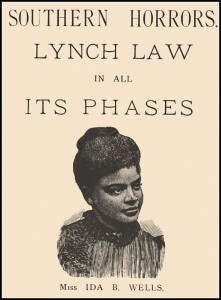
- The printing revolution’s last century
- SIDEBAR: Five stages of printing technology
- The Muckraking message 1900 – 1915
- SIDEBAR: The Man With the Muckrake
- SIDEBAR: Who were the Muckrakers?
- World War I 1915 – 1920s
- The press in the Russian Communist Revolution
- The press in India’s non-violent revolution
- The German press and the Nazi revolution
- The press in World War II
- Press responsibility and the 1947 Hutchins Commission
- The press and Civil Rights
- Vietnam, Watergate and the adversarial press
- The Pentagon Papers and Watergate
- Literary and Gonzo journalism
- The story of the century: covering science and environment
- Final decades of the printing revolution
- The beginning of the end
- Publishers face the digital revolution
- News and the web
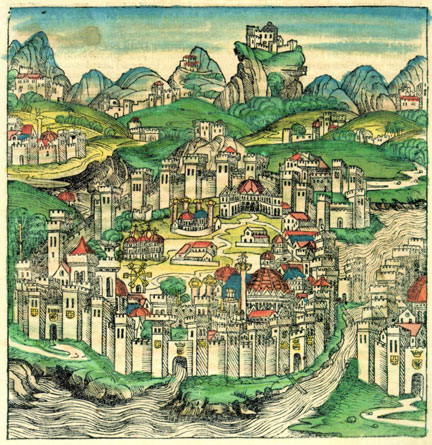
The Nuremburg Chronicles of 1493 (Die Schedelsche Weltchronik) were a crowning achievement in the earliest years of printing and provide a fascinating glimpse into the Medieval mindset.
Section II — The Visual Revolution
- Introduction to the Visual Revolution
- Before photography
- Images from the Middle East and Asia
- Early visual communication in Europe
- Visual communication and the press
- Lithography allows faster, cheaper reproduction of images
- Precursors of photography
- Social impacts of the visual media revolution
- Stereotypes: Injury and inspiration
- Advertising and public relations as image-making
Chapter 4 – Photography: Giving vision to history
- The arrival of photography
- SIDEBAR: Historical detective work
- A question of art and copyright
- Making photography art: Pictorialism
- Photography made easy
- Social change and photography
- Photographic magazines
- The corner of her eye: Dorothea Lange
- Parks and other Life Magazine photographers
- Twentieth Century war photographers
- Ghandi and Iwo Jima photographs
- Conservation and environmental photography
- Photography and ethics
- Digital photography
- Democratizing impact of digital photography
- The future of photography
Chapter 5 – Motion pictures, dream factories and popcorn palaces
- Introduction
- The new theater
- The Edison “trust”
- MPAA Code
- The silent film era
- SIDEBAR: Charlie Chaplin and super celebrity
- The end of the silent film era
- The golden age of Hollywood
- SIDEBAR: Chaos on the set
- Animation and the cinema
- Propaganda films
- Fighting Fascism with film
- Postwar film industry
- HUAC hearings into Hollywood Communism
- Movies bring empathy to the racial divide
- The seductive, volcanic sixties: Antiheroes and social themes
- Special effects animates blockbusters
- Digital issues
- International cinema
- The end of the mass audience
Chapter 6 – Advertising, public relations and the crafted image
- Image and industry
- Early advertising
- P.T. Barnum and the art of ballyhoo
- The advent of advertising agencies
- Full service agencies: J. Walter Thompson and N.W. Ayer
- SIDEBAR: Early models
- Advertising and patent medicine
- Public relations versus muckraking
- Tobacco advertising
- Madison Avenue goes to war
- World War II
- Broadcast advertising
- Public relations and crisis communications
- Ad agencies in the late 20th century
- Advertising regulation: Europe and US
- SIDEBAR: A landmark advertising and libel case
- Corporate consolidation
- New advertising models in the digital age
- SIDEBAR: Trends in advertising
Section III –The Electronic Revolution
- The significance of the electronic revolution
- The telegraph and telephone as mass media
- Cycles of open and closed technologies
- Social responsibility
Chapter 7 – The first electronic revolution: telegraph and telephone
- The telegraph as the first electronic network
- Signals over distance
- Samuel Morse and his code:the software of telegraphy
- Telegraph ushers in a new era of communication
- Telegraph changes writing styles
- Telegraph changes the news business
- United Press and International Press begin competition
- European wire services
- The telephone
- Conclusion
Chapter 8 – Radio and the electronic hearth
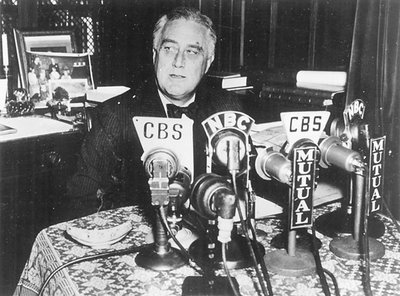
President Franklin Delano Roosevelt used radio to unite and reassure Americans during the troubled years of the Great Depression and WWII.
- Auroras and equations
- Like discovering a new continent
- SIDEBAR: Radio and the titanic
- Early radio technology
- SIDEBAR: Christmas broadcast of 1906
- The radio craze of the 1920s
- Radio licensing and censorship in the 1930s
- The golden age of radio
- Radio and the news
- Martian invasion panics millions
- Censoring hate speech on radio
- Developing a governing philosophy of broadcasting
- Radio in World War II
- The post-war Blue Book controversy
- New competition for markets
- Emergence of talk radio
- Satellite radio
- Internet radio and audio streaming
- The future of radio
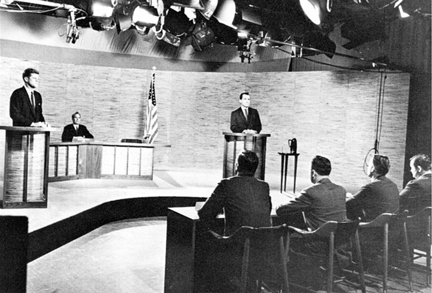
The Kennedy – Nixon debate of the 1960 presidential campaign is probably the first time that looks mattered greatly in a presidential campaign, but both Nixon and Kennedy addressed far more substantial issues in 1960 than modern presidential candidates.
Chapter 9 – Television: A new window on the world
- Television embodied the dream
- Early concepts of television
- The FCC and the structure of post – WWII TV
- Confrontation on television: Murrow and McCarthy
- Sputnik builds bridges among world “archipelagos”
- TV culture: golden age or vast wasteland?
- Quiz show scandals
- Vast wasteland
- Television and the US presidency
- Vietnam: the first living room war
- Civil rights and television
- The WLBT – United Church of Christ case
- TV stars join activists
- Social responsibility and media reform
- Public broadcasting
- Television advertising
- Tobacco advertising
- Advertising to children
- Controversy over television violence and indecency
- Broadcast deregulation: the end of the media reform era
- New realities of the global village
- Satellites increase tension between Islamic, Asian and Western cultures
- Cable and satellite home television
- Hard times for traditional media
- The impact of digital networks on television
- Broadcasting as re-tribalization
Section IV – The Digital Revolution
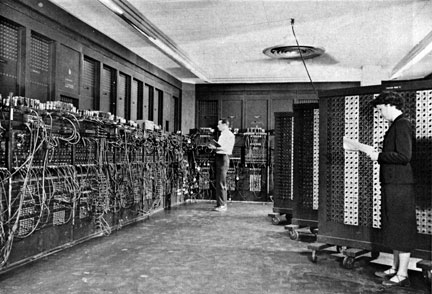
Working on the ENIAC computer in 1946, operators thought of it as a very “personal” computer in the sense that they lived inside it and could see, hear and feel it working.
Chapter 10 – The advent of computers
- Charles Babbage’s Victorian-era computer
- Moving beyond mechanical computers
- New frontiers for science
- First public test of a computer
- From tubes to transistors
- From transistors to integrated circuits
- Social reaction: fear of ‘1984’
- New business cultures and the personal computer
- Apple takes a bite out of the market
- Apple and the curve in the road at Xerox
- IBM, Microsoft and the clones
- Desktop publishing and non-linear editing
- Sun Microsystems and workstation computers
- Apple and Microsoft in the new century
- SIDEBAR: Computer of the future?
Chapter 11 – Networks
- The message that changed the world
- SIDEBAR: Early visions of a World Wide Web
- The vision precedes the reality
- The US Pentagon creates the first network
- TCP/IP and the Ethernet
- Networks expand in US, Europe
- University-based computer networks
- Interactivity, new technology and the mass media
- European networks
- The Internet takes off with ISPs
- The arrival of the World Wide Web
- News on the Web
- When content was king
- The CNN-AOL disaster
- Browser wars
- The long tail of the web
- Search engines
- Internet freedom
- SIDEBAR: Laws of network value
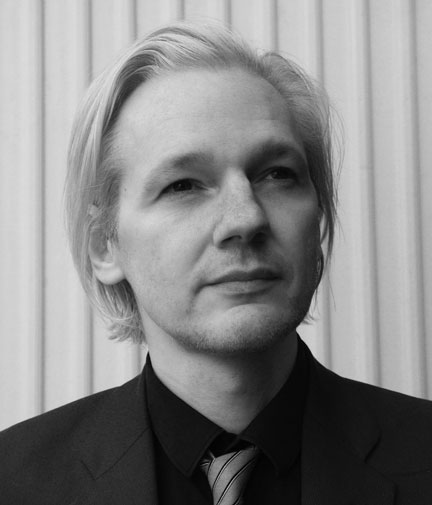
Julian Assange, editor of Wikileaks, insisted in 2010 that journalists using the Internet should have the same rights as newspaper and television journalists.
Chapter 12 – Global Digital Media Culture
- Social and collaborative media
- The free software movement
- Copyright and copy fights over Napster
- Digital community commerce – eBay and Craigslist
- From Friendster to Facebook
- Collaborative media and Wikipedia
- Twitter’s culture of generosity
- Citizen and collaborative journalism
- The future of digital media
- Last words: technology and freedom
Bibliography
Index

